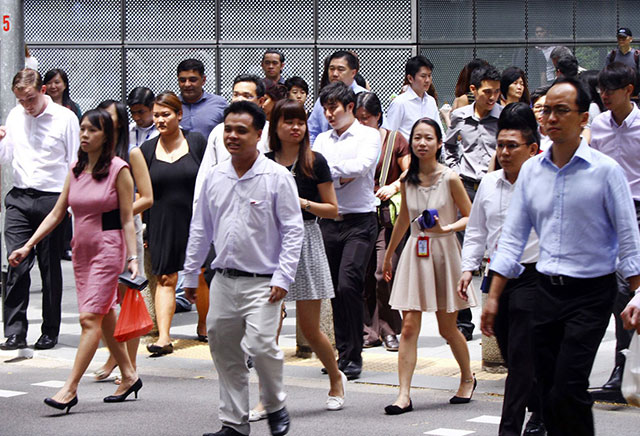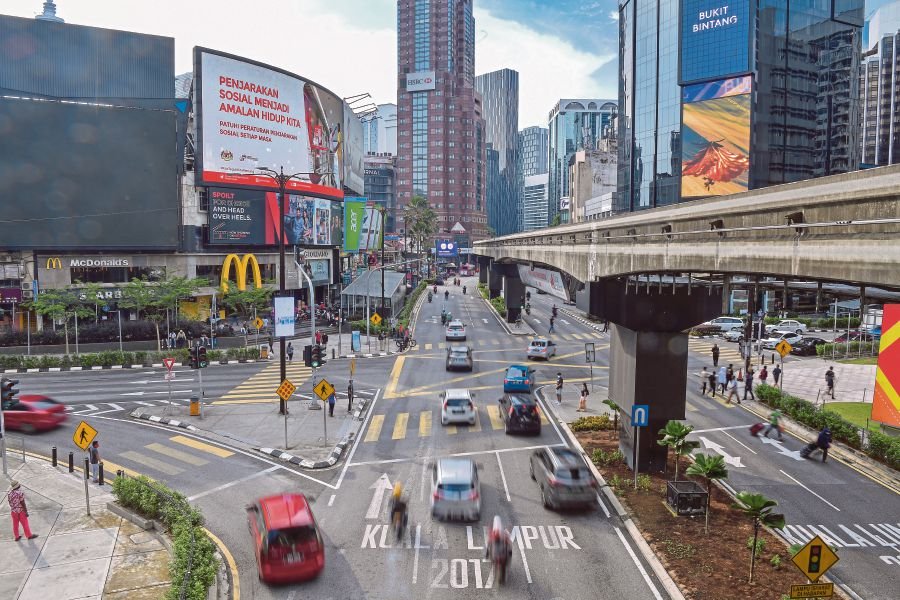SOCSO Study Predicts That Job Losses Will Increase By 200% In Later Quarters Of 2020
The unemployment rate this year is forecasted to be higher than the 1997 Asian financial crisis and the Great Recession in 2008.
Due to the COVID-19 pandemic, job losses in Malaysia has increased by 42% year-on-year in the first quarter of 2020
The finding was published by the Social Security Organisation's (SOCSO) Employment Insurance System (EIS) in a report titled Employment Outlook for the 1st Quarter of 2020: The Impact of COVID-19 on Loss of Employment (LOE).
The organisation found that many businesses were experiencing a drop in demand (37%) and were not operating as usual (42%) which will lead to more people losing their jobs.
"This trend is only expected to accelerate from April 2020 onwards, with job losses increasing by 50% to 200% year-on-year for each subsequent quarter in 2020," it said in the report published on Wednesday, 3 June.
SOCSO forecasted that the unemployment rate is going to hit an all-time high of 4% this year
According to the report, the highest unemployment rates in the country were 3.2% during the 1997 Asian financial crisis and 3.7% during the Great Recession in 2008.
The report said that the age group most vulnerable to retrenchment, the youth, had maintained a steady unemployment rate of 8% to 11% this year.
Instead, the data shows that 61% of job losses are among workers aged 40 and below, with 31 to 40-year-olds accounting for 32%, and workers under 30 making up the rest at 29%.
Male workers are also more likely to be retrenched than their female counterparts at 60% compared to 40%.
However, the report said, "This may simply reflect the fact that there are more men than women in the workforce."
Two of the largest industries in Malaysia - tourism and manufacturing - were the hardest hit by this economic crisis caused by the COVID-19 pandemic
Out of 7.5 million active employees registered with SOCSO in 2019, the tourism and manufacturing sectors make up 38% of the workforce, which is about 1.5 million employees each.
Over half of the businesses owned by large employers with over 200 workers in the tourism sector have closed, and the manufacturing sector retrenched the most workers to reduce overhead costs after being forced to shut their factories.
Employers who have not retrenched staff have chosen to implement cost-cutting measures instead, such as reducing their employees' salaries.
SOCSO also found that 79% of all job losses occurred in five states, namely and in order: Selangor, Kuala Lumpur, Johor, Penang, and Kedah.
Kedah was most concerning as the state saw one in six job losses despite being home to a relatively small number of employers.
During this difficult time, the government is trying hard to prevent retrenchment by offering employers wage subsidies and employees allowance for taking paid leave
It has allocated RM14.05 billion into funding of the Employment Retention Programme (ERP) and the Wage Subsidy Programme (PSU), in addition to enhancing SOCSO's EIS benefits.
Over 36,000 employers have applied for ERP, while 289,000 employers applied for PSU.
The report said that these applications indicate that 79% of businesses were unable to operate during the Movement Control Order (MCO) and faced declining sales.
"About 7% of companies are unable to sustain themselves for over six months on current reserves if the outlook does not improve soon," it said, adding that 90% of employers felt that their businesses have been negatively impacted by the pandemic.
Fortunately, 93% of the employers who applied for the help felt that measures taken by the government were helping them to stay afloat.
You can view the full report here.



